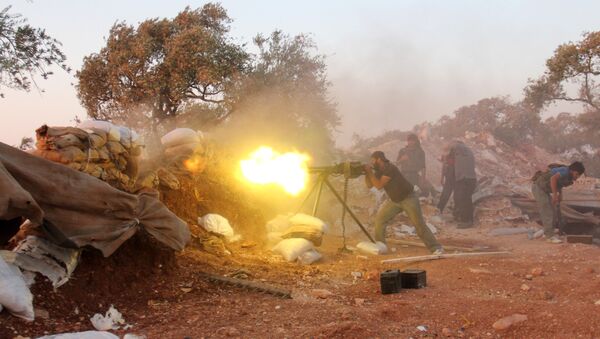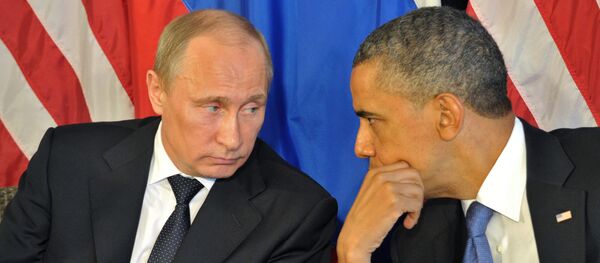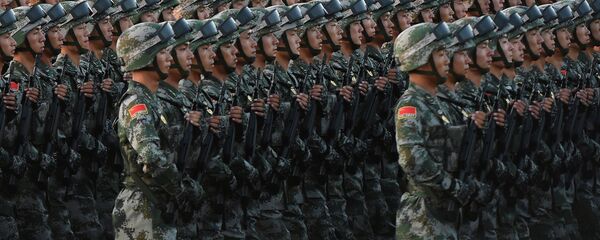Current trends indicate that when it comes to conflicts in all regions of the world things are not getting better.
"For 20 years after the end of the Cold War, deadly conflict was in decline. Fewer wars were killing fewer people the world over. Five years ago, however, that positive trend went into reverse, and each year since has seen more conflict, more victims, and more people displaced. 2016 is unlikely to bring an improvement from the woes of 2015: It is war – not peace – that has momentum," Guéhenno noted.
"The pace of diplomatic action has quickened, spurred in part by Russia's military intervention in Syria in September and the Islamic State-sponsored terrorist attacks in Paris in November. While the growing internationalization of the conflict presents many dangers, it may also open possibilities for diplomacy," he observed.
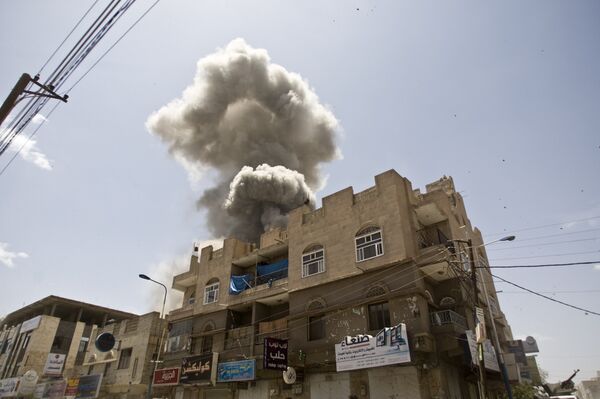
Iraq and Yemen run the risk of being torn apart along sectarian lines, while Turkey has seen its conflict with the Kurdistan Workers' Party (PKK) escalate to levels unseen in two decades. The deadly power struggle in Libya is fueling conflicts across the Sahel, including in Mali and the Lake Chad basin.
In Africa, Boko Haram has turned into a "resilient, adaptable, and mobile" terrorist group, capable of unleashing violence in Nigeria, Niger, Chad and Cameroon, the former French diplomat noted.
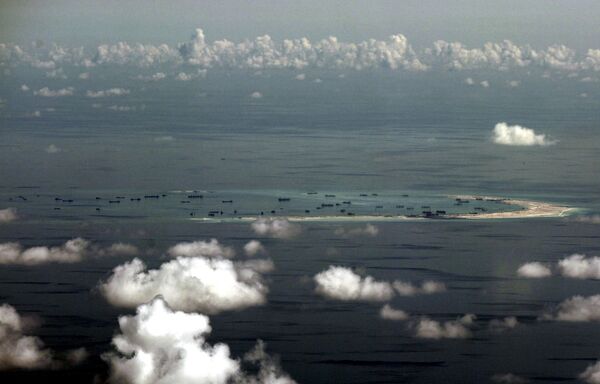
"The South China Sea risks becoming a theater of big-power competition, as the United States challenges China's large-scale land reclamation and construction on several disputed reefs," Guéhenno noted.
Other major conflicts Guéhenno mentioned in his list include Burundi, Afghanistan and Colombia. The last one, in his view, offers a glimmer of hope, since the Colombian government and the Revolutionary Armed Forces of Colombia (FARC) appear to be heading for a comprehensive agreement, which is meant to put an end to a decades-long armed conflict.

